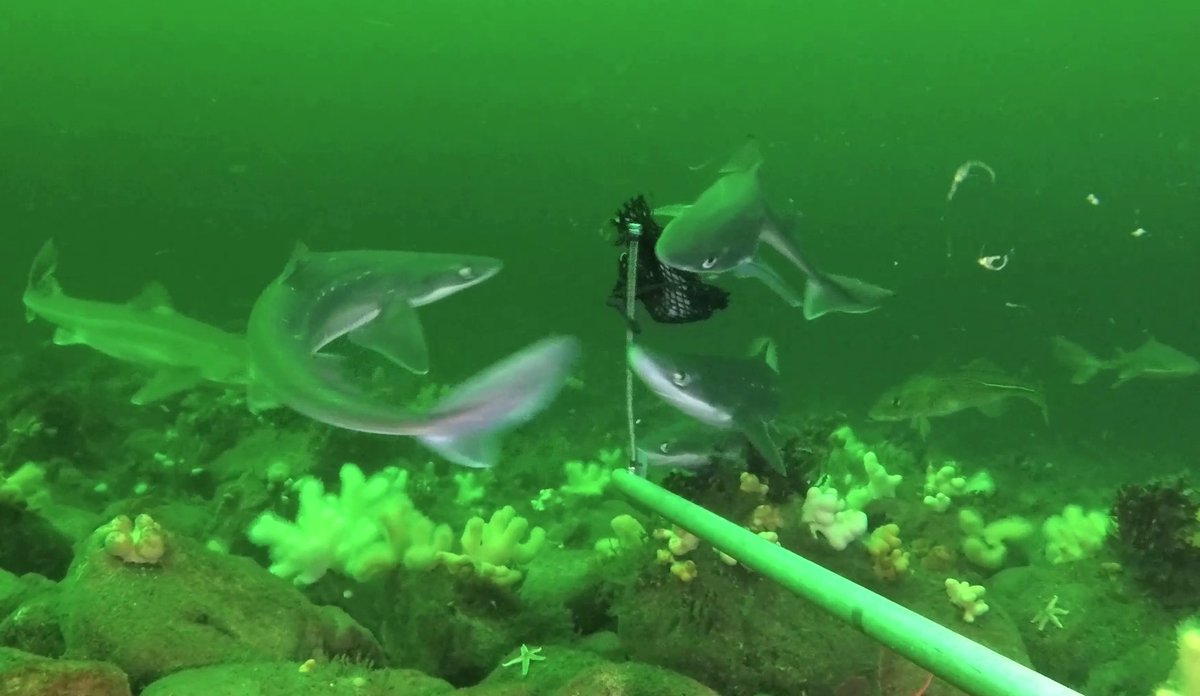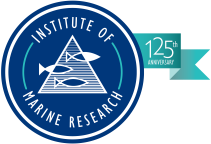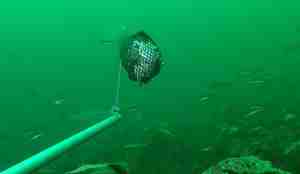WP 5: Integration of fisheries and habitat management to improve conservation status of marine habitats

Many marine habitats in Europe are in poor condition. In existing protected areas, human activity is not regulated sufficiently to result in efficient protection. An important part of the solution is to look at fisheries management and marine conservation as a whole – how does fishing affect the conditions of the habitats we seek to protect? The population sizes of large predatory fish, such as cod, are very low after centuries of intense harvesting in Skagerrak and Kattegat, and their functional role in the habitat may have been largely lost. In this part of the project, we will study population size and activity of large predatory fish and their prey, smaller fish and crustaceans, using baited remote underwater video rigs (BRUVs) and fyke nets. What functions do the different species have in their habitats?
Marine protected areas where fisheries are properly regulated have a better chance in both rebuilding and preserving functional ecosystems. They also have the potential to strengthen commercially important fish stocks. Maintaining functional ecosystems may become increasingly difficult in a warmer climate. Some species will shift their distribution to find colder waters, and this will also affect the ecosystems they leave behind. By taking this into account, we can identify areas that should be protected from further human activity and fishing, giving the ecosystem and the populations living there a better chance of adapting to a new climate.
Published: 25.03.2025


